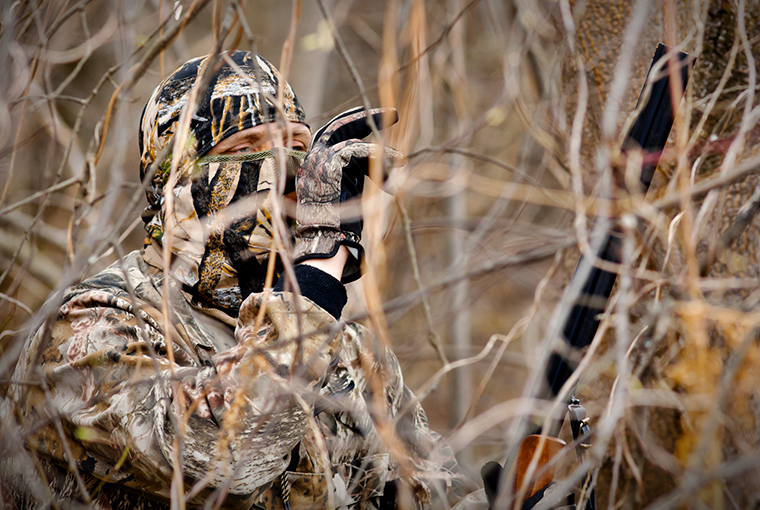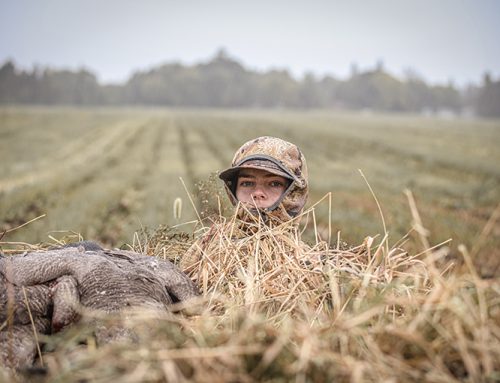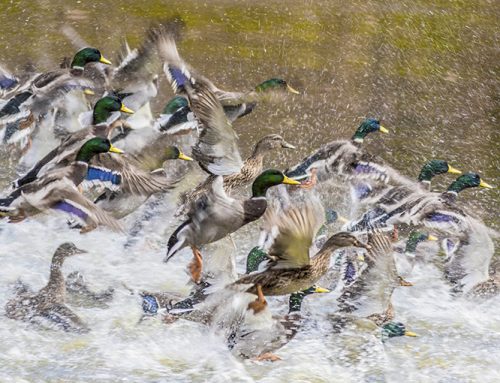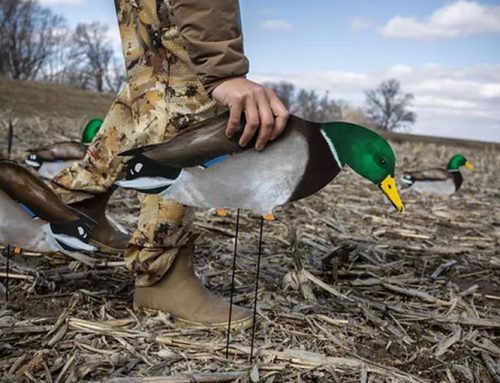The art of calling ducks lands somewhere between a manicured science and musical mastery. Although the duck call is essentially a musical instrument, knowing when and how to use it is really the Holy Grail for duck hunters.
Reading ducks in the field and knowing what to say in response is a lofty task that is only learned through years of experience. However, there are certain misused and underused calls that can be quickly and easily taught that will improve your next hunt.
Feeding Calls
The feeding chuckle is the default laydown call for many hunters. There are certain times, like hunting in a field, when this is very appropriate. But there are many times the feeding chuckle is misused and used too much.
For example, when hunting a coastal wetland in the middle of the day bombarding incoming flights with a feeding call isn’t helpful — unless you hear them making a feeding chatter. Typically though, birds are not looking for food at that time. But, that doesn’t seem to stop many hunters from calling away in this manner.
Ducks make two feeding calls and many hunters are unaware of the difference. I differentiate the two as a feeding chatter and a feeding chuckle. Some people might refer to the chatter as a rolling feeding chuckle. It’s the machine gun ‘tick-a tick-a-tic’ that you may hear as ducks fly by. For some, it’s the only feeding call they know. Listen below.
The thing about the chatter is it’s a sound ducks make exclusively in flight. If it’s the only feeding call you know, it kind of misses the mark. It’s the same as you walking by a restaurant yelling, “I’m starving,” only to have the patrons inside yell back “So are we!”
When ducks are actually feeding they make a little bit of a different sound; something between short, airy, incomplete quacks, and the machine gun chatter above. I call it the feeding chuckle. It’s more of a ‘guh guh guh’ and slightly higher in pitch.
You can certainly merge these two feeding calls together to get an adequate field-worthy sequence that imitates a large group of feeding ducks. Just be aware there is a distinction. Hear the difference.
The feeding chuckle and the feeding chatter are produced a little differently. Learn how to do it with this simple instruction.
Is that you, Mamma?
Mother ducks have an assembly call that they use to gather their infant ducklings. Because about half of the harvest will be juvenile birds, this sequence can be very effective.
Studies have shown that birds innately know a mother’s alarm call or her assembly call — they will respond to it the very first time they ever hear it. Use this to your advantage.
This call is a quick 5 to 7 note sequence, always descending with each quack. Listen now.
There isn’t any hard and fast rule as to when you should use this sequence. It can jump out of your normal calling sequences or you can effectively use it with intermittent quacking.
It’s definitely going to work better on juveniles, but the call itself is certainly not out of place at any time.
Don’t Spit it Out
One thing many duck callers do is add a “spit note” to a calling sequence. I don’t know why people do it, because this isn’t something ducks do. Waterfowlers who do this, need to consider abandoning the technique.
The spit note is a single quack at the start of a sequence that starts at a lower cadence and pitch. Listen now.
Using this as a guide, the realism of your duck calling will improve — with practice. But, don’t fret if you’re not yet a master duck caller; some of the worst sounding callers I’ve ever heard were flying over my head.







Leave A Comment